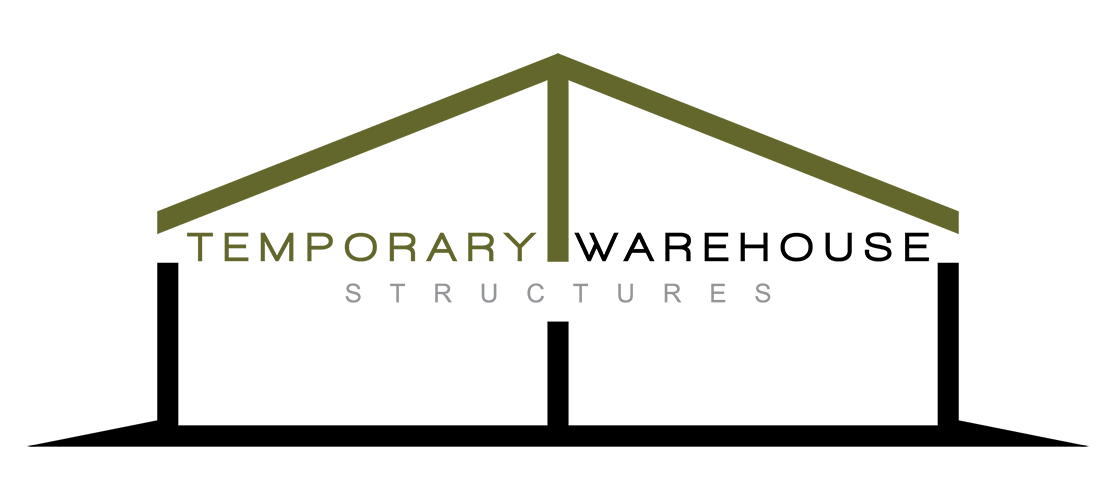Use Clearspan Fabric Structures To Weather Strong Winds In Texas
Texas Strong: How To Weather Harsh Winds Using Clearspan Fabric Structures
Whenever people ask what factors affect oil prices, there are three things that industry experts usually point to weather, politics, and taxes. Right now in the oil industry of South Texas, the weather is definitely a major topic of conversation. Spring might be a very welcome change for the oil industry compared to the harsh winter that has been experienced by the country this year, however, spring brings very unpredictable weather as well. One example is the Texas Gulf Coast has already been hard hit by heavy rains and strong winds, especially in 2017’s first quarter. Those extreme conditions can put an immediate halt to oil plant productivity, which can cause delays that impact profits significantly. In terms of facilities, temporary structures like temporary warehouses and lunch tents can easily be taken down by extreme weather, especially those are not engineered properly. The American Petrochemical Association (API) also sound that numerous weather-related incidents and injuries can be prevented when a temporary fabric structure is used that is properly engineered. It has been demonstrated by the previous incidents that occupants of tents are very susceptible to sustaining injuries due to tent collapse caused by extreme weather. Test design standards address some of those hazards. Seasonal elements such as wind and heavy rain should not be ignored when selecting on-site maintenance facilities, temporary warehouse structures, and break or lunch tents.
Wind-load certified structures
A standard tent without wind-load certification can usually withstand 30-50 mile per hour wind speeds. Those structures have no chance against heavy rains or 65 MPH wind gusts. A wind load certified structure that is properly engineered can withstand wind loads as high as 130 MPH and heavy windfall. The two are very different. Certified Clearspan fabric structures are engineered to be able to withstand whatever the stated wind speed is. That involves three wind load force types: uplift, lateral, and shear.
1. Uplift load
Wind flow pressure that results in lifting effects. The wind force itself, however, is just part of the overall equation.
2. Lateral load
The full-pressure has the ability to move a structure off of its foundation
3. Shear load
Wind pressure that is horizontal and can tilt a facility
What precisely allows a structure to withstand weather conditions and elements in a South Texas chemical and oil plant? The anchoring power and engineering are what makes this possible.
Fabric structure anchoring power
Clear span fabric structures are more than just the sum of all their parts. Even when they are built out of durable, tough durable fabric, the most important aspect that ultimately determines the efficacy of a structure is who the fabric attaches to the frame. Safety, profitability, and productivity of the workforce depends on having structures that are able to stand up to even very unpredictable conditions. The key to getting a facility set up that will meet your job site’s specific needs is custom engineering. The concept here is to get a temporary clearspan structure anchored that have sufficient power for opposing both lateral and vertical wind forces. One of the very first things involved in the typical design process is running a model simulation so it can be determined what anchoring forces are needed for every load case, including snow load, dead load, and a few wind load variations depending on which direction the wind is coming from. With all of the various factors that affect the wind forces that are imposed on structures – roof slope, structure size, proximity to water, altitude and more- it is absolutely critical that you have an experienced vendor that knows exactly what to do.
Vendor expertise
It is important to hire a vendor that currently has a large inventory in their warehouse. Be sure to ask about window load certified structures that are off-the-shelf that can be customized to your job site and constructed within your needed timeframe. Be sure that vendor has extensive experience working in your industry or ones that are similar to yours, and be sure they are also familiar with your area. Your operations can be stalled by extreme conditions, which can cost you a lot of money and time.
For more information on temporary fabric structures, feel free to call us or request a quote today!
We are continually proud to offer our clients superior material, craftsmanship, and structurally sound clear span buildings.
CONTACT US TODAY
For more information or a quote, please contact us. Find out how Temporary Warehouse Structures can help with your next project.

